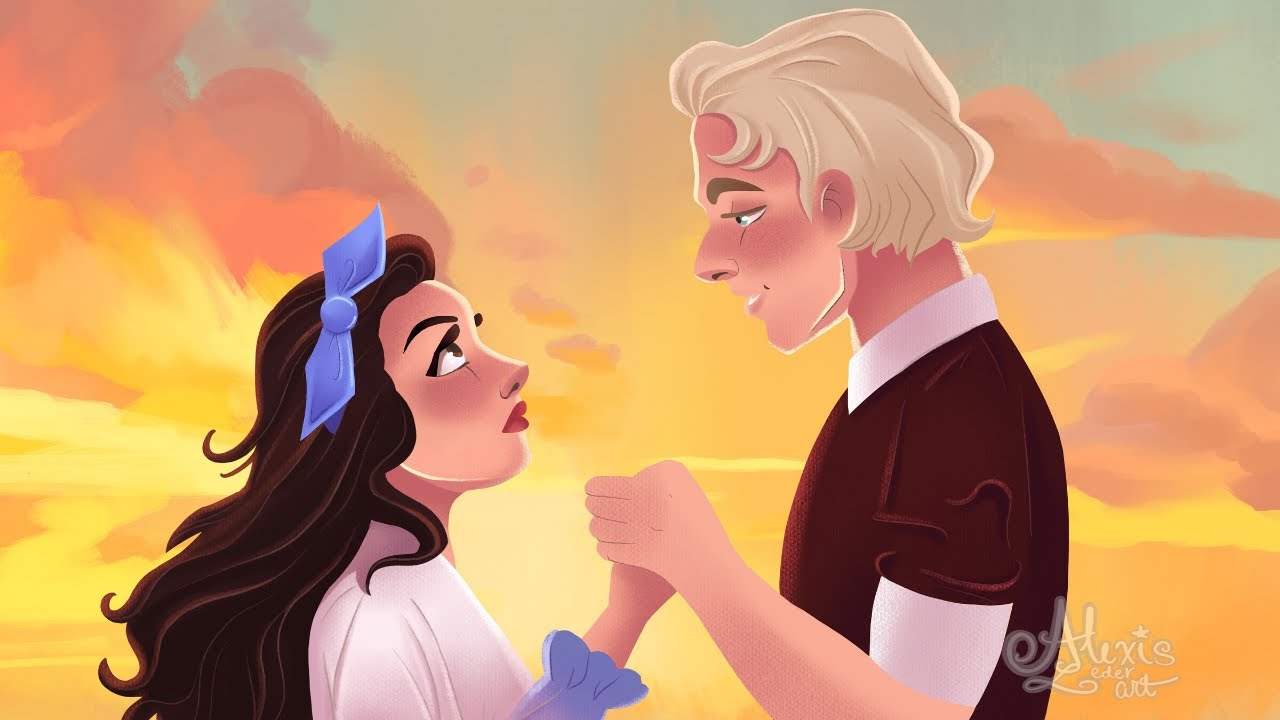Table of Contents Show
Suzanne Collins elated The Hunger Games fandom when she announced a new prequel novel in her dystopian series that was published on May 19, 2020. The release of the 500+ page The Ballad of Songbirds and Snakes during the beginning of this long summer proved a bright spot in the dark, endless hours of quarantine.
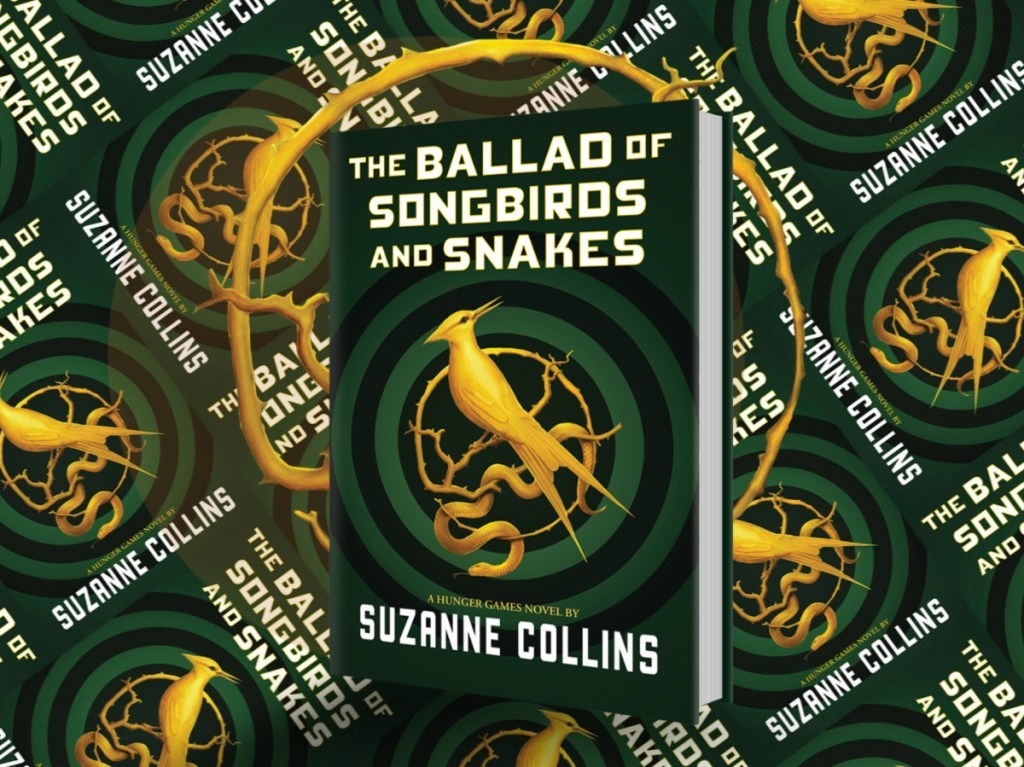
The Ballad of Songbirds and Snakes features an origin story about The Hunger Games‘s tyrannical, fascist dictator, Coriolanus Snow. As summer nears its end, we’ve all had plenty of time to read Collins’s latest installment in the series. Now, we’ll review The Ballad of Songbirds and Snakes (with some spoilers) and acknowledge a lingering question: did fans need a prequel book that explained nearly every origin of each character, song and plot point seen in the later trilogy?
Welcome Coriolanus Snow To The 10th Annual Hunger Games
Remember how President Snow commanded a room, ordered the death of dozens of children each year by a battle royale, and constantly left white roses as a calling card in The Hunger Games series? If Coriolanus Snow entranced you in the original book trilogy, then prepare yourself for hours of snow-centric entertainment in The Ballad of Songbirds and Snakes.
President Snow symbolizes the effects of socioeconomic privilege and demonstrates fascist character traits throughout Katniss Everdeen’s story in Collins’s trilogy. The prequel novel informs readers that young Coriolanus Snow’s obsessive nature originated from his constant fixation on appearing confident and wealthy, despite his unfortunate circumstances, to all the other Capitol residents. This may pique your interest; out of all the dynamic characters we could read about in a prequel story for The Hunger Games, Collins’s choice to focus on Snow as a protagonist may dissuade some readers.
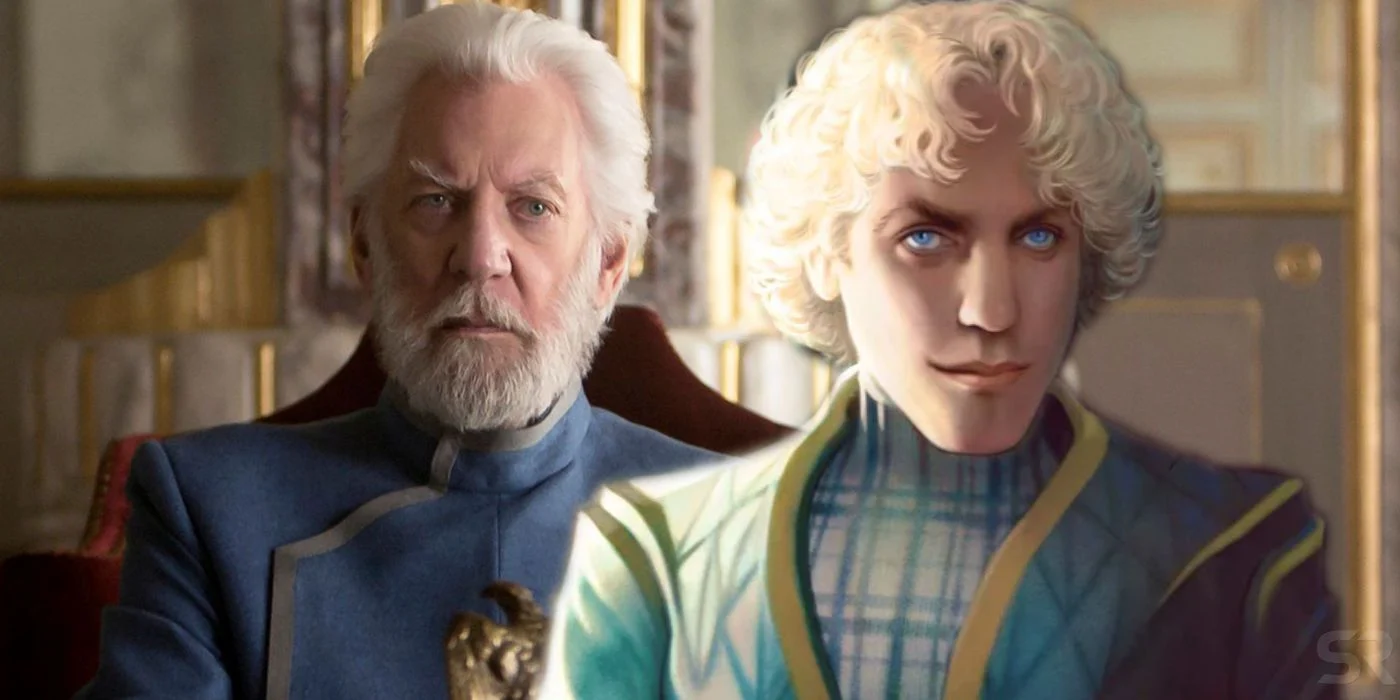
Ignoring the fact that we have to read the tongue-twister name of “Coriolanus” several hundred times, The Ballad of Songbirds and Snakes reveals the not-entirely-tragic backstory of the future dictator of Panem. The once-almighty Snow family fell from power in the Capitol during the First Rebellion War stemming from a rebel uprising in the Districts. Now, Coriolanus lives in severe poverty and struggles to survive in a post-war world with his cousin, Tigris.
Tigris works diligently to care for Coriolanus and their ailing grandmother, who obsessively grew white roses on the rooftop of their apartment. Unfortunately, we never discover how Coriolanus and Tigris came to despise one another later in life, especially after all Tigris did for Snow. Here, readers gain further insight into the white roses seen in later Hunger Games novels that symbolize attachment to perfection, nostalgic wealth, and struggle to overcome the detrimental shifting power dynamics Snow and his family experienced after the war.
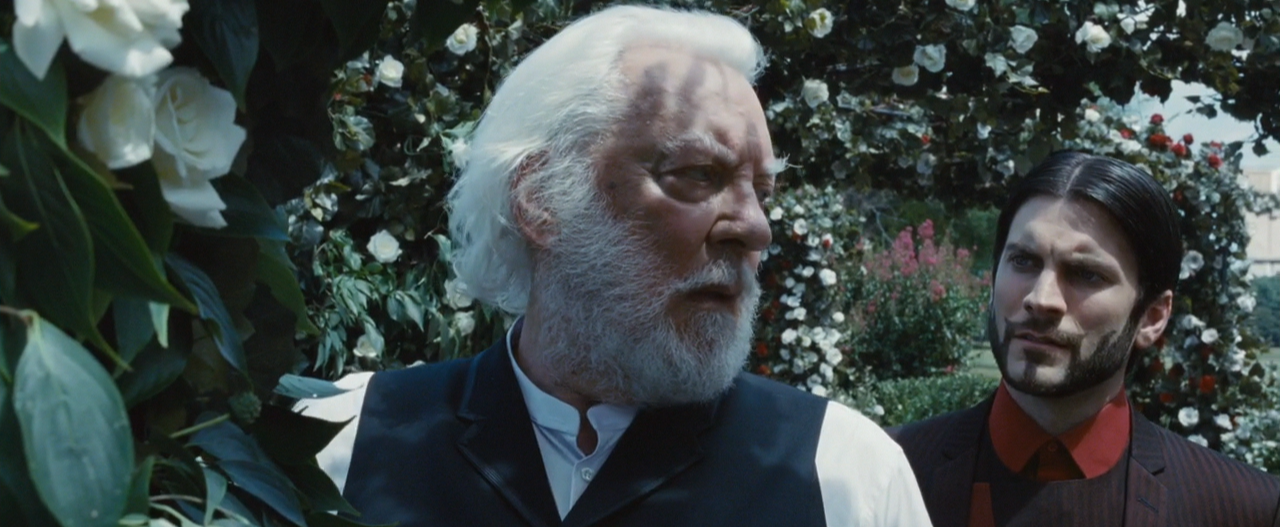
Immediately, Collins connects a major character from The Hunger Games (Tigris) to Coriolanus and sets the stage for our protagonist to rise up against his unfortunate set of circumstances. The first two parts of the novel follow Coriolanus in his last year of high school. Alongside his classmates, Coriolanus’s sociopath instructors give his class the final assignment of mentoring the newest tributes from the Districts for the 10th Hunger Games. Readers can’t trust Coriolanus and may struggle to truly care about his fate throughout The Ballad of Songbirds and Snakes. After all, we all know Snow eventually gained ultimate power as president in the warped, authoritarian Capitol government.
Relationships and Worldviews
Despite all the odds, Snow demonstrated resilience when selected to mentor the rainbow-dress-adorned musical Lucy Gray Baird for the upcoming Hunger Games. As a girl with an affinity for snakes and a charismatic nature from the impoverished District 12, Lucy Gray challenges Coriolanus’s fascist-leaning ideals in The Ballad of Songbirds and Snakes. Collins grabs our attention by thrusting us into a narrative about a self-victimizing young man taught that humanity trends more toward innate violence for survival when thrown into life-or-death scenarios. Regardless, the third-person POV can’t help but detach readers from Coriolanus as Lucy Gray sweeps him up in love and vulnerability.
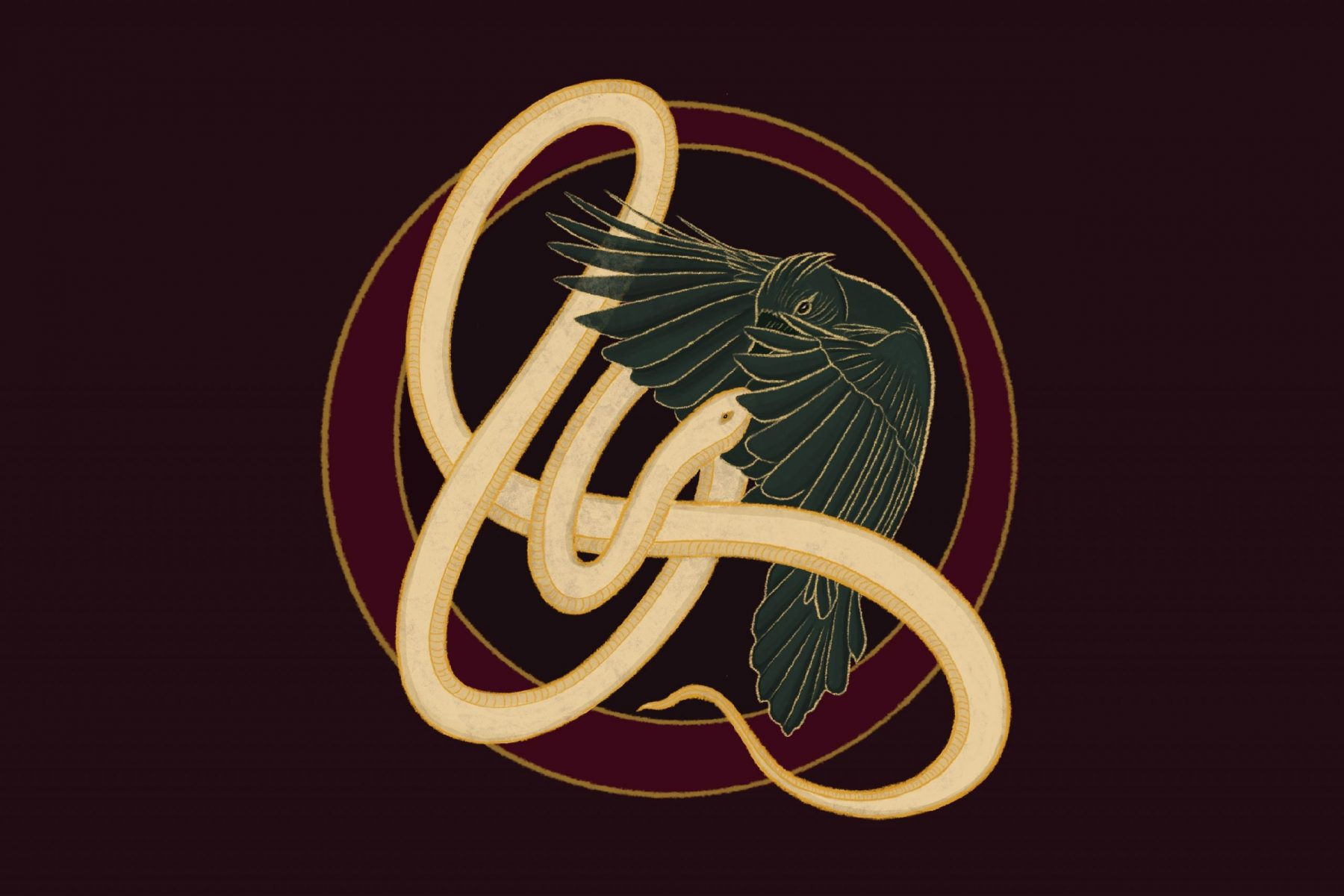
Coriolanus murders a tribute in the arena when trying to rescue his Capitol friend Sejanus, but the outside perspective of The Ballad of Songbirds and Snakes slightly lessens the impact and intensity of the scene. Still, Collins thematically guides readers alongside Coriolanus as he questions the ease of his newfound ability to kill. Additionally, we watch the fascinating debate of nurture vs. nature from a third-person perspective evolve from Coriolanus’ conflicted worldview in his attraction toward his mentee, Lucy Gray.
Lucy Gray, The Girl From District 12
Coriolanus’s relationship as a mentor to his tribute, Lucy Gray, drives most of the novel and provides a surplus of answers to all the origin stories about music and the foundation of the Hunger Games you could ever want. Lucy Gray prides herself on her vocal talent and songwriting ability in the Districts. Coriolanus took advantage of her talents when presenting Lucy Gray on television.
Not nearly the spectacle seen in the 74th Hunger Games, Coriolanus successfully proposes that Capitol viewers of the 10th Hunger Games should be able to sponsor tributes they favor during the games. As a result of Lucy Gray’s likability, this new development works to both Coriolanus’s and Lucy Gray’s advantage in the arena. In The Ballad of Songbirds and Snakes, Coriolanus changes the Hunger Games from a boring, essential means of powerful restitution for the Districts into the reality show phenomenon seen in the later Hunger Games trilogy.
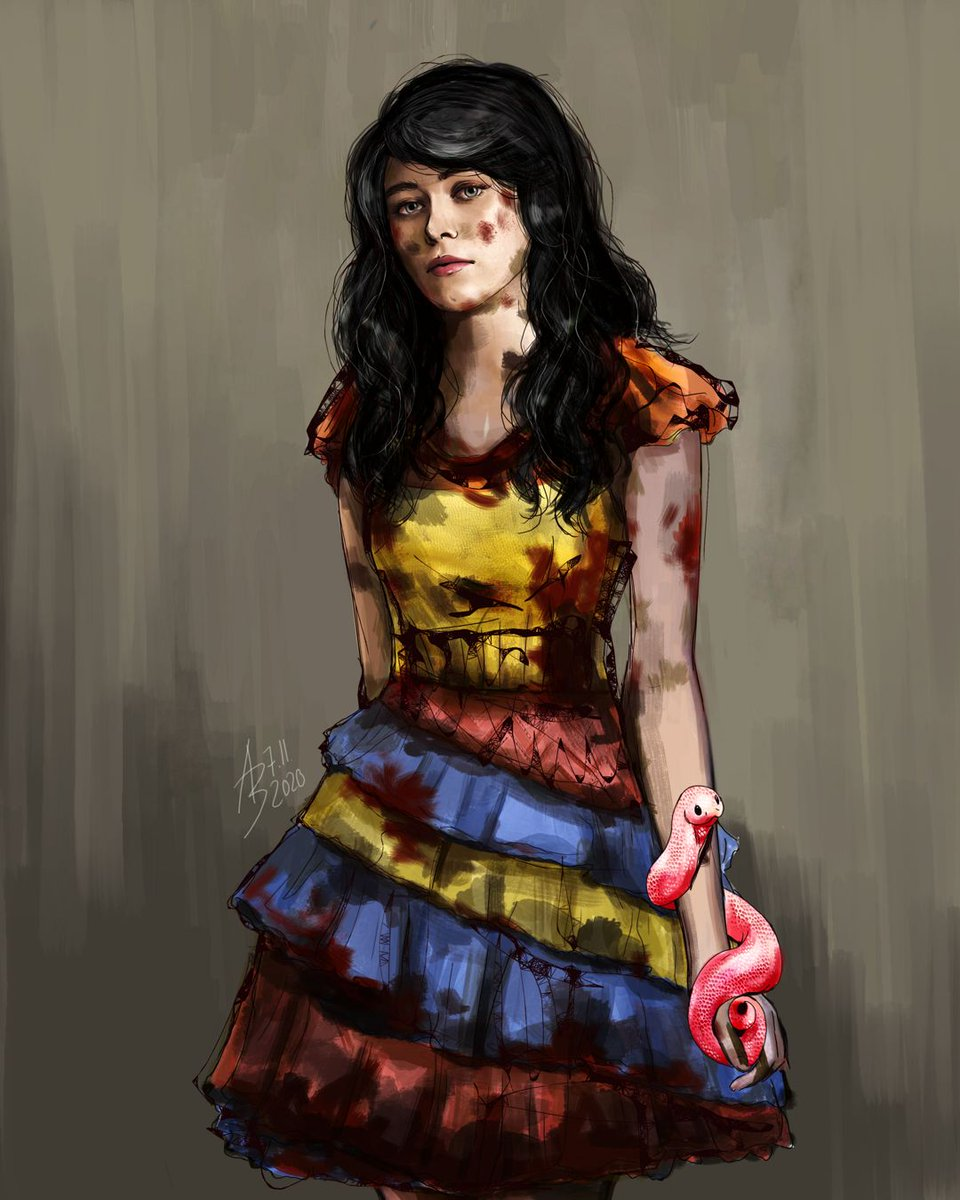
The third part of the novel describes Coriolanus’s stint as a Peacekeeper in (you guessed it) District 12. Instead of winning a scholarship to the prestigious Capitol University, Coriolanus must keep the peace as a soldier in the lowly District 12. Peacekeeping serves as his punishment for helping Lucy Gray cheat to win (surprise!) the Hunger Games after supplying her with a compact for rat poison and leaving her scent with killer experimental snakes to deter them in the arena. Collins succeeded in worldbuilding, detailing the expansion of the once-primitive Hunger Games in A Ballad of Songbirds and Snakes.
Returning to District 12 in the third act successfully interweaves nostalgia from the original trilogy with the newness of expanding on Snow’s character development in this prequel. Did you want to know more about mockingjays? Was District 12 always seeped into poverty? Collins answers all of these questions (and many more) as part three abruptly, and somewhat jarringly, takes us out of Coriolanus’s world and reminiscences on Katniss’s upbringing.
The Ballad Of Lucy Gray And Coriolanus
Ultimately, Lucy Gray and Coriolanus don’t find the happy ending that Katniss and Peeta celebrate in Mockingjay‘s conclusion. Like Katniss, Lucy Gray’s intelligence eventually forces her to accept that Coriolanus builds his worldview around his loyalty to Capitol politics. Coriolanus ratted out his best friend, Sejanus, in his plan to help some District 12 citizens escape and then flee the District with Lucy Gray, even after watching Sejanus hang for attempting the same thing. Coriolanus seeks esteem and recognition for his own ethos over praise for pathos in his relationship with Lucy Gray.
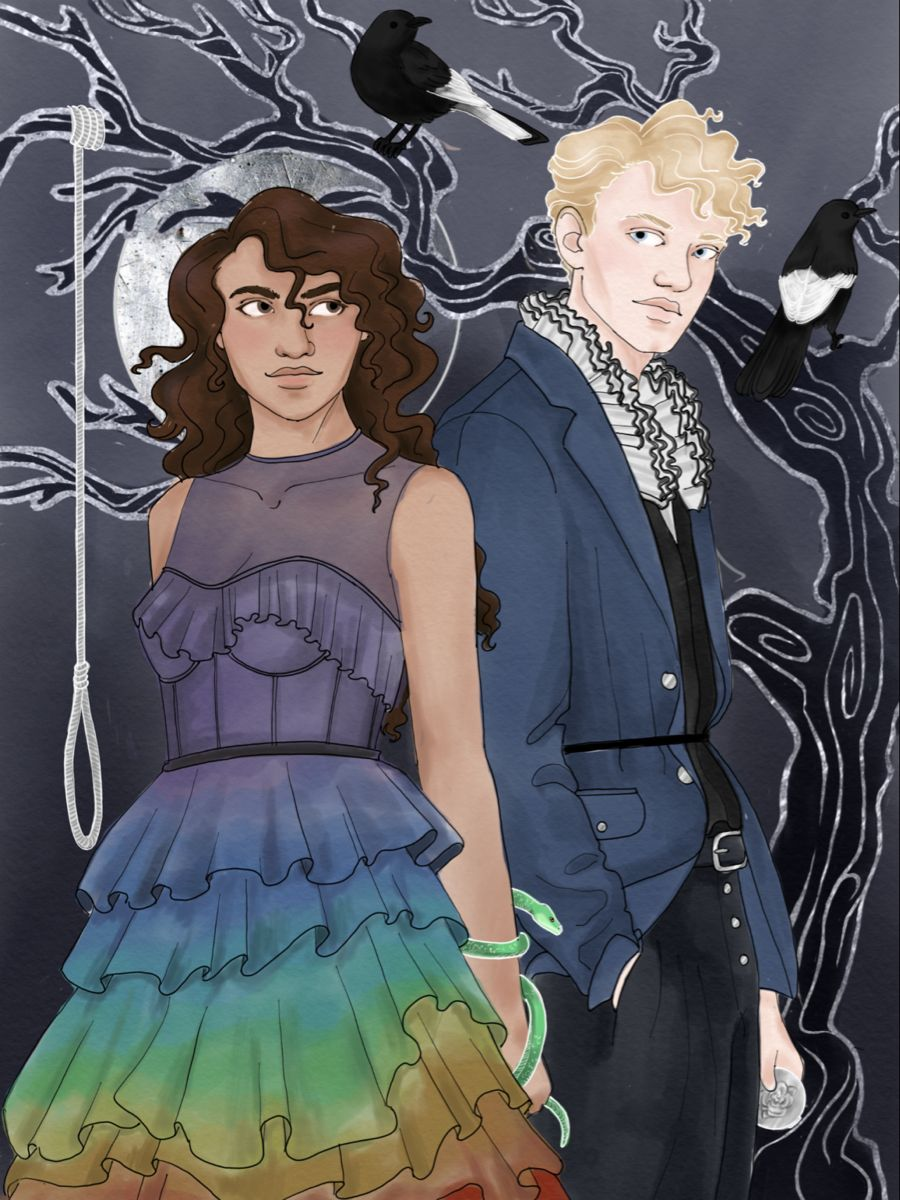
Furthermore, Lucy Gray performs “The Hanging Tree” song as a cryptic message for Coriolanus to run away with her in reference to the hanging of a District traitor. Coriolanus comes to resent the connection to the song in The Ballad of Songbirds and Snakes and as President in the later Hunger Games novels. Symbolically, the song honors District members hung for righteous rebellion and treason toward the Capitol rules. Consequently, the lyrics heard in later Hunger Games novels remind Snow of Lucy Gray and how her love almost caused him to defect from the Capitol. This parallel between the prequel novel and the original trilogy stands out among the plethora of symbols tying the books together.
Give Sejanus Plinth The Story He Deserves
Yes, we root for Lucy Gray in the arena as she fights to survive while Coriolanus tips the odds in her favor from the outside. Yes, we find out that choosing the Capitol over Lucy Gray serves as Snow’s motivation for later (most likely) murdering his wife and remaining unmarried in The Hunger Games novels. But, I found it difficult to empathize with Coriolanus in The Ballad of Songbirds and Snakes. The book satisfies some interesting backstory elements, yet it tries slightly too hard to parallel The Hunger Games plot devices in a story about a character that isn’t necessarily unique. Coriolanus’s former friend Sejanus Plinth proves himself a sublimely more interesting character who needs his own book.
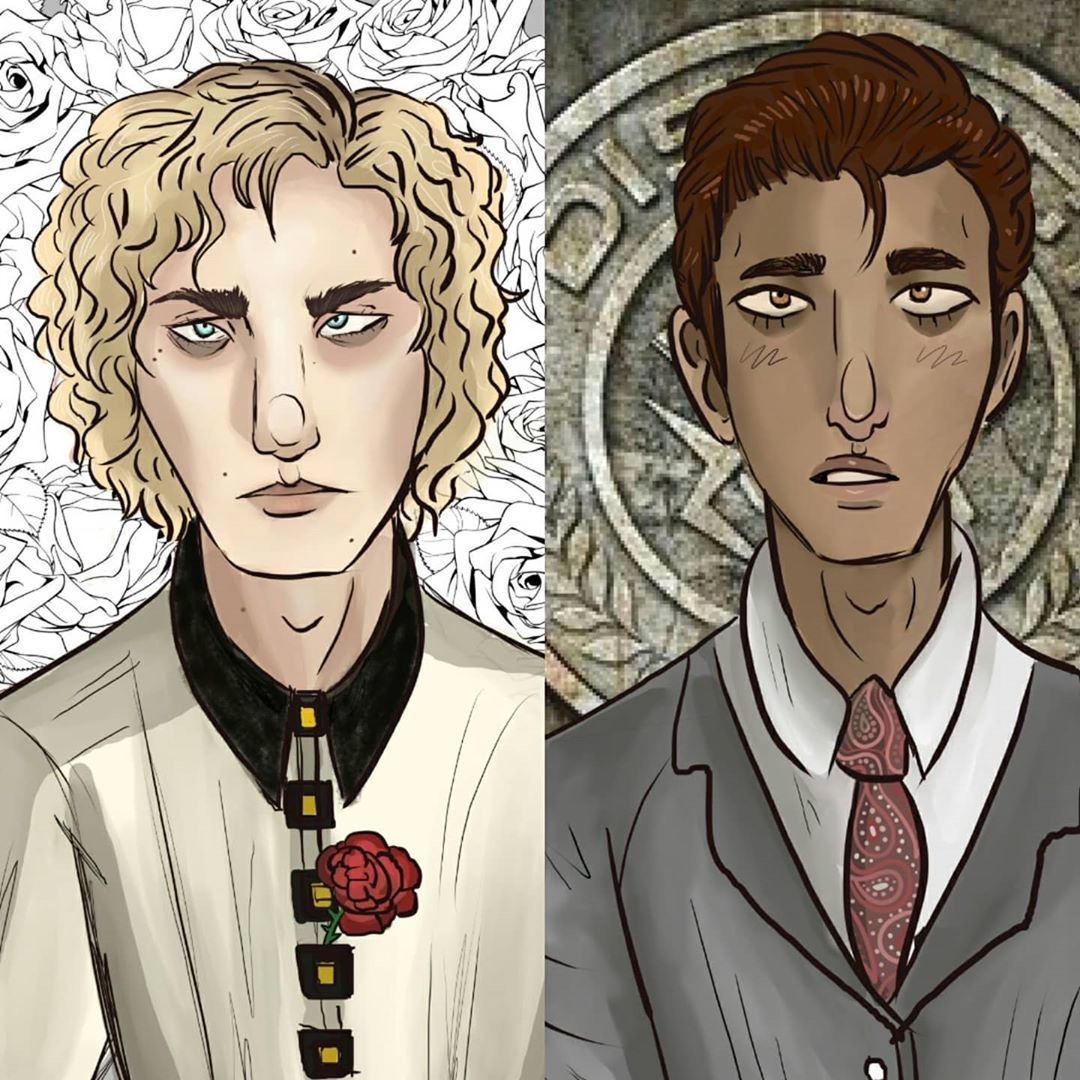
The Plinth family originated from District 2 but their copious wealth and donations landed them a coveted spot among the ranks of Capitol citizens. Throughout The Ballad of Songbirds and Snakes, Sejanus Plinth compromises his position in the Academy and the Capitol due to fidelity to his old District. Sejanus’s idiosyncrasies hold so much potential for a distinctive first-person narrative detailing a character with one foot in the Districts and the other in the lavish Capitol lifestyle he resents.
Sejanus sneaks into the arena in rebellion against the morbidity of Capitol practices after the Capitol hangs his tribute, an old classmate from District 2. Coriolanus connects with Sejanus and the kindness the Plinth family extends toward the Snows until their divergent worldviews tear them apart. Sadly, Sejanus places so much trust in his friendship with Coriolanus that it devastatingly results in his own death. Despite his death, Sejanus deserves more recognition in his function as a foil to Coriolanus. Sejanus resembles Katniss in his desire to stand up for his beliefs, but his unique story demands attention in subsequent prequel novels (looking at you, Suzanne Collins!).
Remembering The Future With The Past
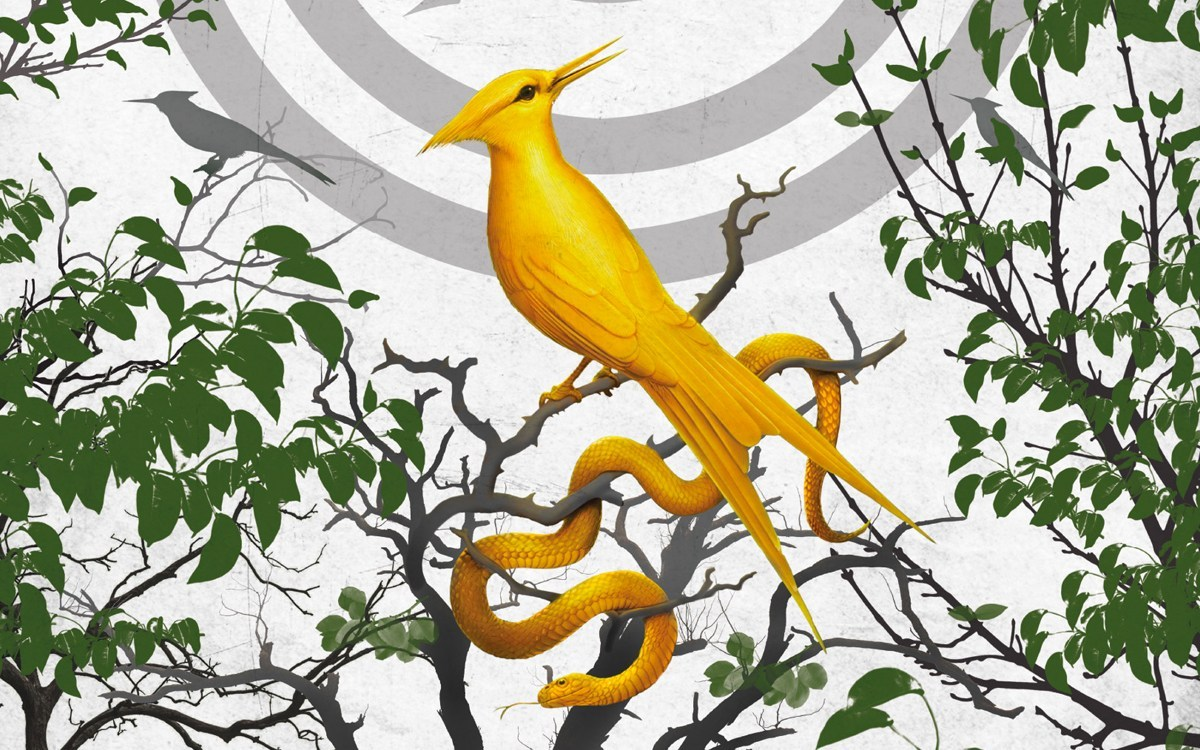
Glossing over its flaws, The Ballad of Songbirds and Snakes provided an appealing look at the genesis of Coriolanus Snow, the Hunger Games, and songs that could transform the upcoming movie into a musical. Overall, Collins’s writing style improved. In contrast, the third-person POV faltered somewhat in immersing readers compared to the successful first-person POV of Katniss in The Hunger Games.
The prequel provides elaborate introspection into Snow’s character but works overtime in correlating details between the prior trilogy to reinforce the past and the future connection. The Ballad of Songbirds and Snakes provides lots of backstories, removing some of the ambiguity of unanswered questions from the original series. While the book introduces new characters that could appear in future tie-in novels, this prequel origin story with all the answers wasn’t a necessary addition to the series. However, if you’re in the fandom, you won’t regret discovering more about The Hunger Games by reading The Ballad of Songbirds and Snakes.
